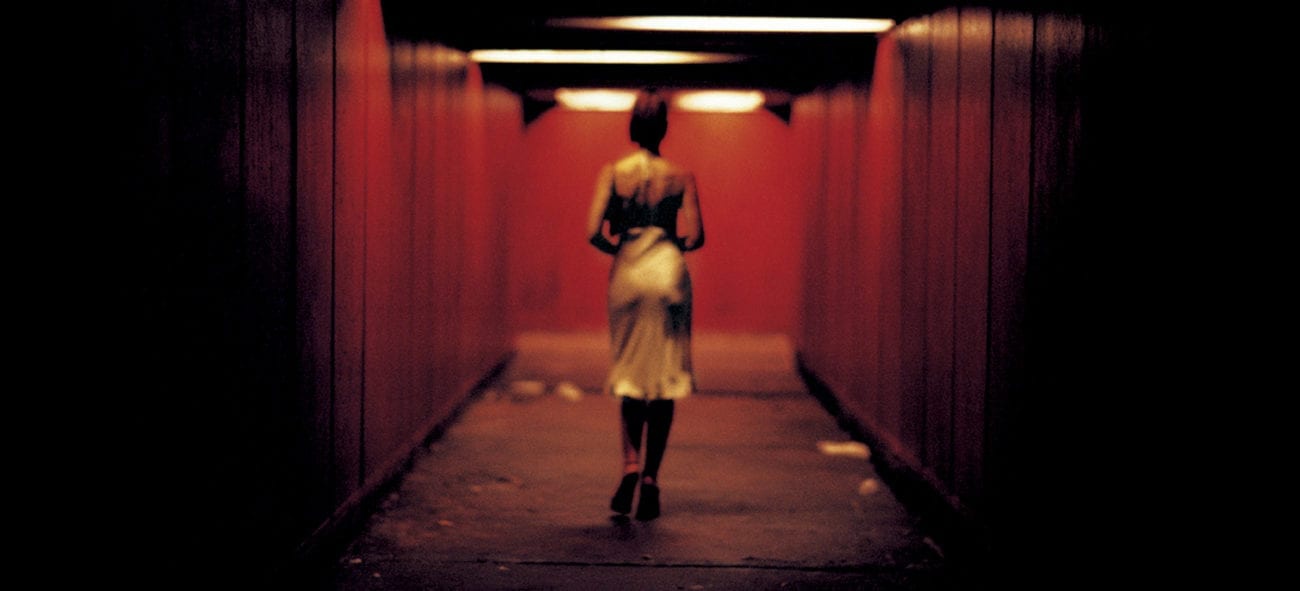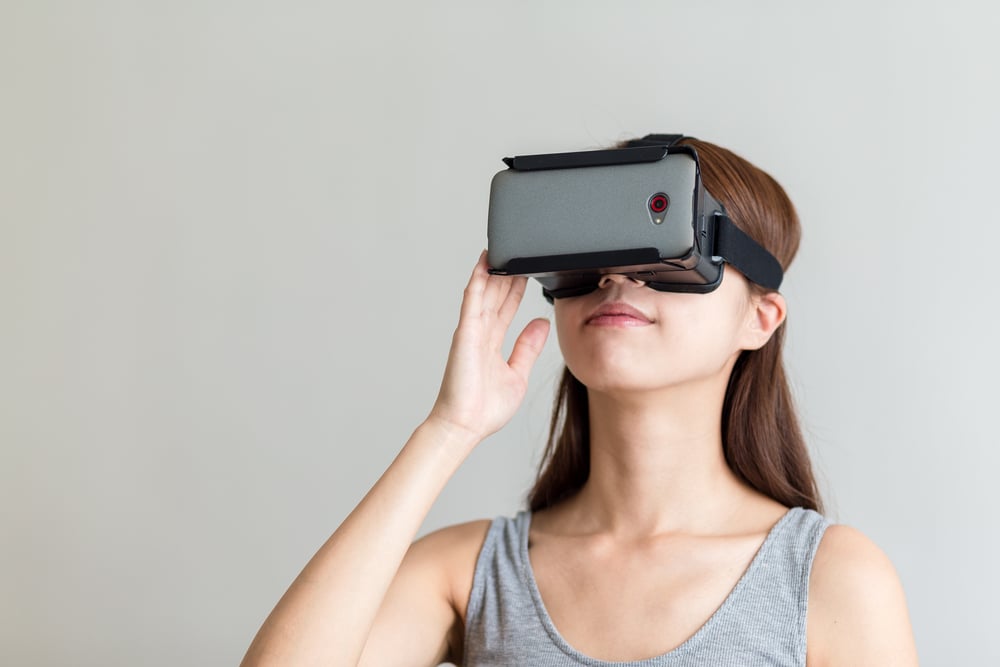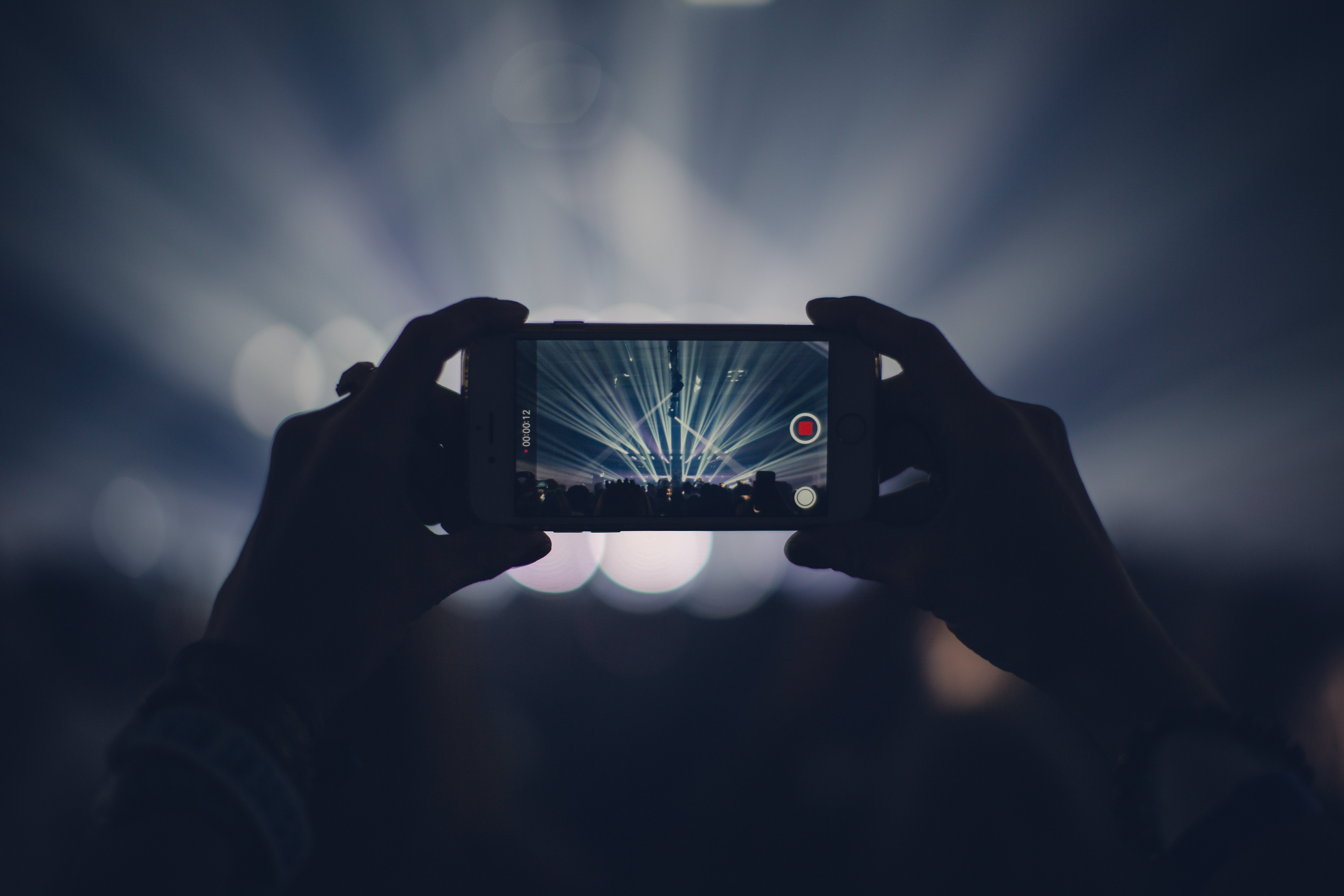If you are new to the world of multimedia storytelling, where to start?
Here are seven storytelling basics.
1. Idea or story?

If you are a photographer, you probably have lots of ideas for subjects you’d like to shoot. But don’t confuse an idea with a story. For example, Steve Kelley and Maisie Crow created the five-minute multimedia story “Hungry: Living with Prader-Willi Syndrome” for Maryland’s Howard County Times website.
Their idea was to document the effects of an incurable genetic disorder whose symptoms include insatiable hunger, low IQ, and behavioral problems.
But that’s not the story.
The story is the relationship between a teenage boy with the disorder and his father, the caregiver. The story is the toll this disorder takes on the relationship, and the strength needed by both father and son to survive.
In the most basic terms, the story is overcoming adversity. Most stories fall into a handful of categories. In fact, the old adage is that there are only two stories: a stranger comes to town, and someone takes a trip. Overcoming adversity, which can also be thought of as problem–solution, or conflict–resolution, is certainly a basic story.
If you have an idea, see if you can turn it into a story.
2. What is the story arc?

Good stories have a beginning, a middle, and an end. Great stories propel you from beginning to end along a seemingly inevitable track.
Next time you watch a compelling video or movie, try these two exercises to find out how the story arc is organized.
- First, see if you can determine where the “chapter breaks” occur—the shifts from beginning to middle, and middle to end. Although the shifts may not be obvious, I bet you’ll find them with a little practice.
- Second, after the end of a sequence or scene, hit the pause button. Now see if you can predict what will appear next on the screen. Once you’ve done this for sequences or scenes, try it for individual shots.
Deconstructing a video or movie in this way will give you a good understanding of the story arc. If you are looking for movies to practice on, try some by the Coen brothers—they are master storytellers. “Raising Arizona,” “Blood Simple,” “Fargo,” and “No County for Old Men” would be my suggestions.
By the way, don’t confuse the story arc with the literal narrative. Great videos and movies often start in the middle of the literal narrative. This is done to hook the viewer. Then the viewer gets the backstory through flashbacks or other narrative techniques.
An extreme example of this is the 2000 film “Memento,” which actually reverses the literal narrative, starting at the end and ending at the beginning. If you haven’t seen it yet, you’re in for a mind-bending treat. The disturbing 2002 film "Irreversible" takes a similar approach.
3. Who is the audience?

Are you trying to appeal to the general public, who will need to be convinced in the first few seconds that your project is worth watching? Or have you targeted a niche audience who are already hooked on your subject matter?
Is your project designed for the web, for a widescreen TV, or for the small screen of a smartphone? Each of these has different requirements in terms of your visual approach.
For example, the web is full of distractions — people are used to jumping from page to page. A video or multimedia designed for the web has to be short and have an immediate hook to catch the viewer’s attention.
Something shot for viewing on a widescreen TV has to have nearly the same quality as a movie, because any flaws will be painfully obvious. The small screen of a smartphone lends itself to close-up shots and minimal camera movements, such as pans and zooms.
Finally, what response do you want your audience to have after encountering your project? Should they be entertained, stimulated, provoked, or moved to action?
4. Whose story is it?

Once you have determined the story, the story arc, and the audience, you have to decide whose story it is.
Who will tell the story? Will there be a narrator, or will the participants tell their own stories? Perhaps we’ll see the whole story through the eyes of just one participant. Or perhaps there will be shifting points of view. The camera can also play the role of the storyteller, similar to an omniscient narrator in a novel.
The most important thing is to have the storyteller establish a powerful connection with your audience. If you don’t have that connection, it will be hard to hold the interest of your audience.
5. What will the audience see?

Video and multimedia depend on visual images and audio to tell stories. The next challenge is to determine what the audience will see.
The sheer number of shots required to tell a story make video and multimedia more challenging than still photography. Think of a simple action — such as someone opening a door, walking through it, and then shutting the door. How many individual shots would you need to create that action on video or in a slide show?
Movies and large video productions rely on scripts and storyboards to refine the story into scenes, sequences, and shots. That way, nothing is missing when it comes time to assemble the final story.
If you are doing a short video, you may be tempted to do without a script or storyboard. That’s fine—provided you have a clear idea of all the shots you need to tell your story, and what the audience will see.
If you are interested in scripts and storyboards, you can download a free program called Celtx, which provides preproduction tools for moviemaking, video and multimedia, and more.
6. What will the audience hear?

The biggest difference between still photography and video or multimedia is the ability to add sound to your story. Great audio will elevate the level of your production, whereas bad audio will probably cause your audience to hit the stop button.
Audio can be simple or complex, involving a single track or multiple layers. There are various types of audio, including natural sound, voice-over narration, music, and sound effects.
What you record while shooting is called natural sound — for example, an interview. Natural sound also includes everything else going on while you are shooting — traffic noise, hum from a heating or cooling fan, and voices in another room.
You can also add sound in postproduction, by dropping in narration, music, and sound effects. This layering of audio can enhance your video or multimedia production if done well.
To get an understanding of sound layering, watch the opening sequence of “Touch of Evil,” directed by Orson Welles, with sound design by the legendary Walter Murch. (Also notice that it is all one continuous take — a miracle of filmmaking.)
Apply the same standards to audio as you do to typography. Is the audio clear and understandable? Does it complement the story or detract from it? Is it aesthetically pleasing?
7. What are the essential elements of your story?

Every story has essential elements. Without these elements, the story fails — it is unsatisfying in some crucial aspect.
For video and multimedia, you need to identify the essential visual and aural elements. Then, think about what to do if one or more prove hard or impossible to get.
For example, let’s say you are doing a story on a student chef at a culinary institute. The institute has a restaurant open to the public.
Obviously, we need to see and hear the student chef at work, preparing an elaborate dish over a flaming stove. We also need to the dish being served to customers at the institute’s restaurant. We should probably have the student chef at the end of her shift, tired, taking off her apron and chef hat.
No amount of other material — chef walking into kitchen, getting food from cooler, chopping veggies, frosting a dessert — would make up for the missing essentials.
David Weintraub is a photographer, writer and former instructor at the School of Journalism and Mass Communications at the University of South Carolina.

 7 min read
7 min read





 5 min read
5 min read

